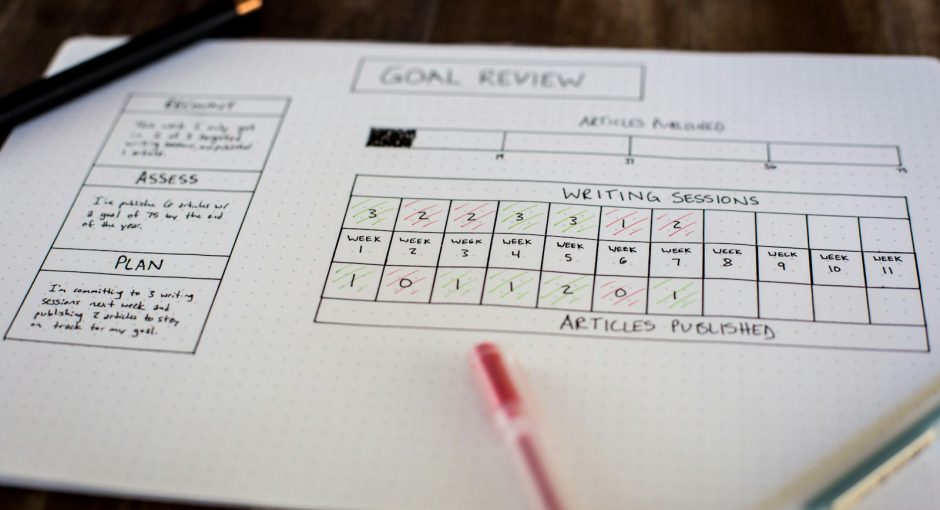Identifying Your Goals and Objectives
The first and most important step in prioritizing your business goals and objectives is to identify and articulate them. Take a step back and think about the business you want to build. What kind of customer base do you want to have? What are your long-term goals? Once you have this vision, break it down into smaller achievable goals. This could include launching a new product, increasing sales, improving customer service, or growing a team.
Once you have identified your goals and objectives, it’s important to assign a timeline to each one. This will help you stay organized and on track, while also helping to identify which tasks need to be prioritized first.
Evaluating Your Priorities
Once you have identified and assigned timelines to your goals and objectives, it’s time to evaluate your priorities. In order to do this, you need to assess the importance of each goal and determine how much time and resources will be required to achieve it.
Start by assigning each goal a priority score, with the highest priority goals receiving a score of 10 and the lowest priority goals receiving a score of 1. This will help you determine which goals should take precedence over others.
Setting Achievable Goals
When setting goals, it’s important to be realistic. You don’t want to set goals that are too lofty or unrealistic, as this will lead to frustration and disappointment. Instead, focus on setting goals that are achievable and that can be completed within the timeline you have set.
Start by breaking each goal down into smaller, achievable tasks. This will help you stay focused and motivated as you work towards each milestone. Additionally, make sure to assign a timeline to each task so that you can stay on track and measure your progress.
Implementing and Tracking Progress
Once you have identified your goals and objectives, set achievable goals, and assigned timelines to each task, it’s time to start implementing and tracking your progress. To do this, create a system to help you keep track of your progress and measure your success.
This system could include a project management software, a spreadsheet, or a simple checklist. Additionally, you may want to consider creating a timeline that outlines when each task should be completed. This will help you stay organized and motivated as you work towards each goal.
Finally, once your goals have been achieved, it’s important to celebrate your successes. Take the time to recognize your hard work and reward yourself for achieving your goals. This will help keep you motivated and inspired as you work on the next set of goals.
Prioritizing your business goals and objectives can seem like a daunting task, but it doesn’t have to be. By breaking down your goals into smaller, achievable tasks and tracking your progress, you can set yourself up for success. With the right planning and organization, you can prioritize your business goals and objectives and reach your goals in no time.





